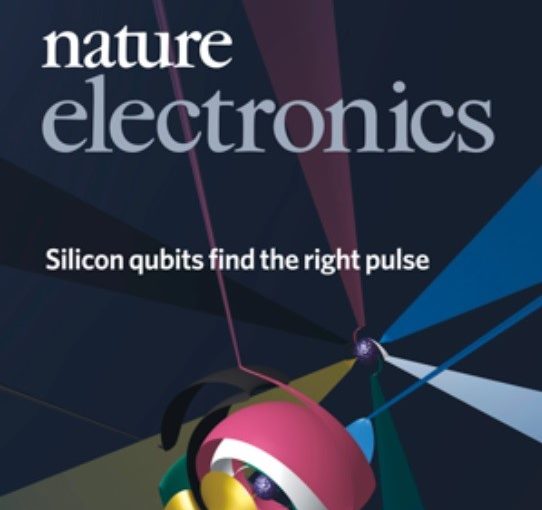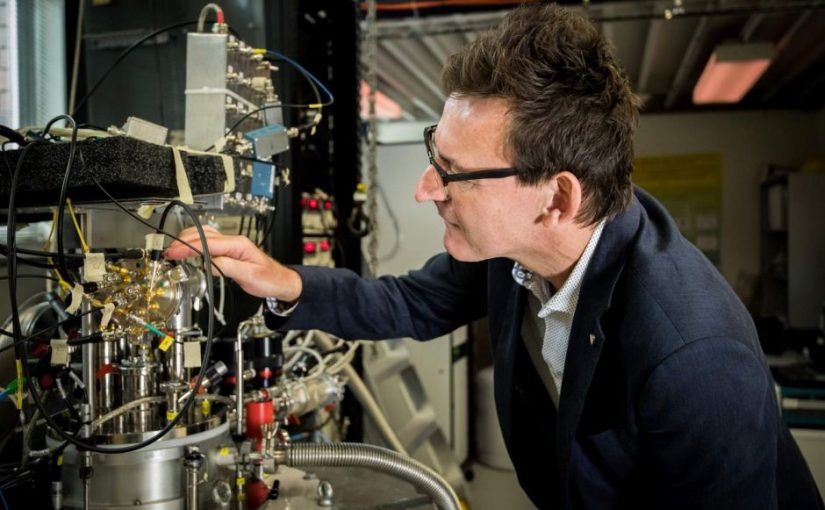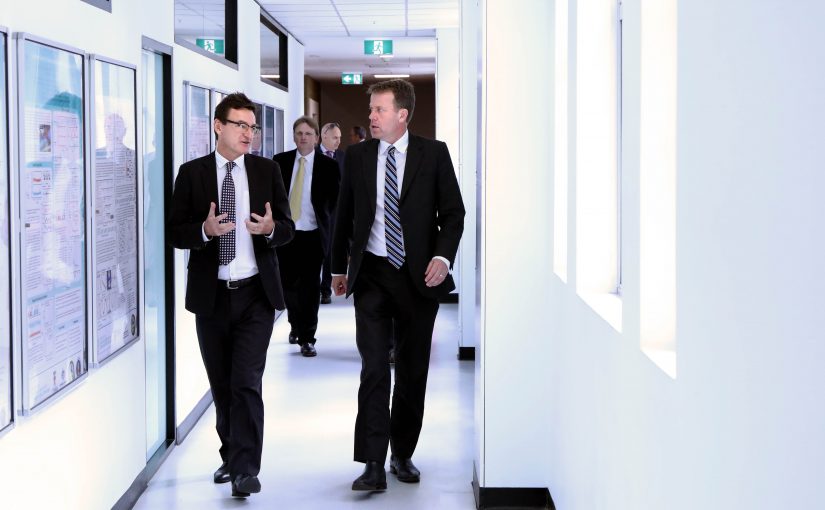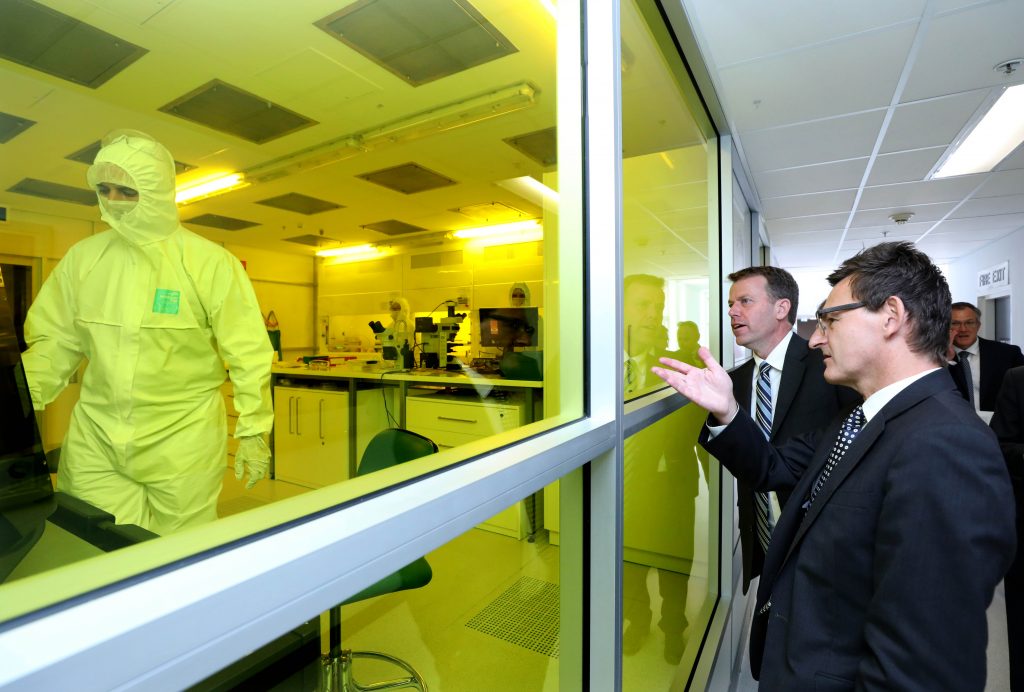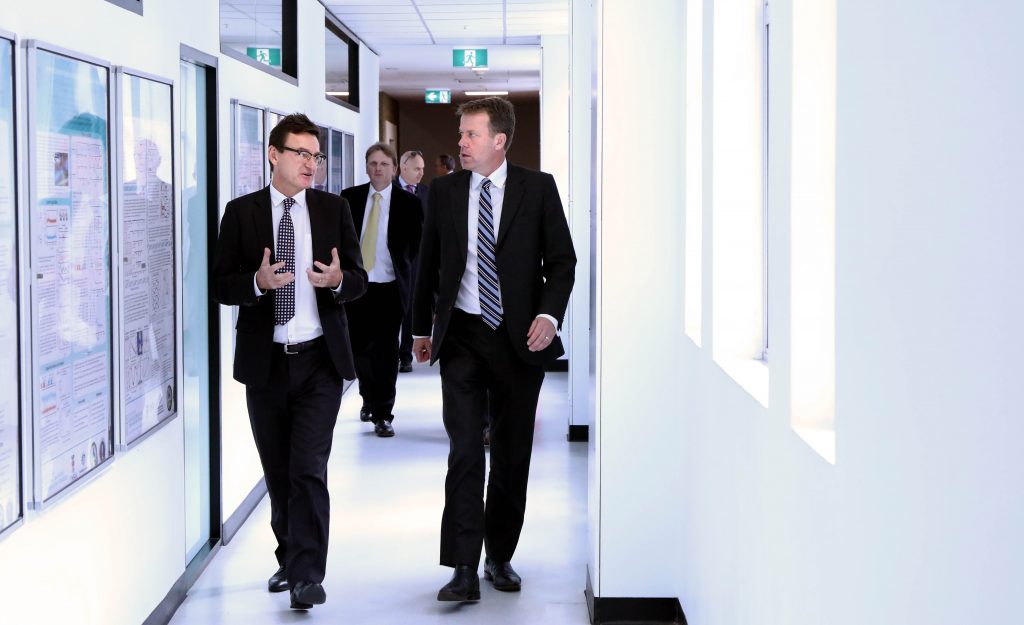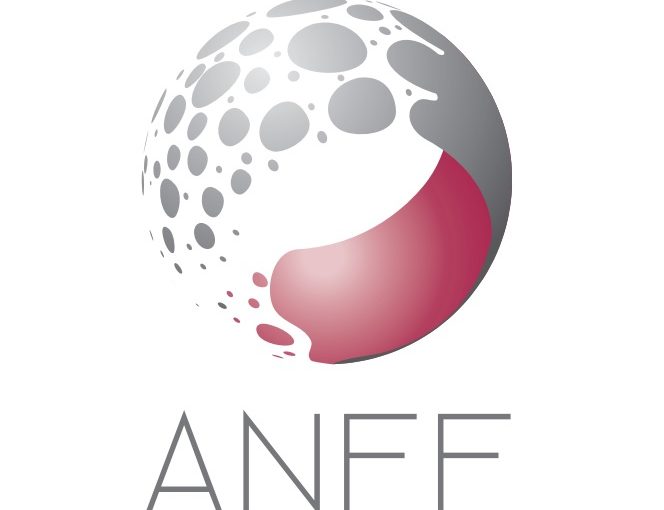For the first time ever, researchers have measured the fidelity – that is, the accuracy – of two-qubit logic operations in silicon, with highly promising results that will enable scaling up to a full-scale quantum processor.The research, carried out by Professor Andrew Dzurak’s team in UNSW Engineering, was published today in the world-renowned journal Nature.
The experiments were performed by Wister Huang, a final-year PhD student in Electrical Engineering, and Dr Henry Yang, a senior research fellow at UNSW. The silicon qubit device that was used in this study was fabricated entirely at UNSW using a novel silicon-CMOS process line, high-resolution patterning systems, and supporting nanofabrication equipment that are made available by ANFF-NSW. The media release article can be found here.


